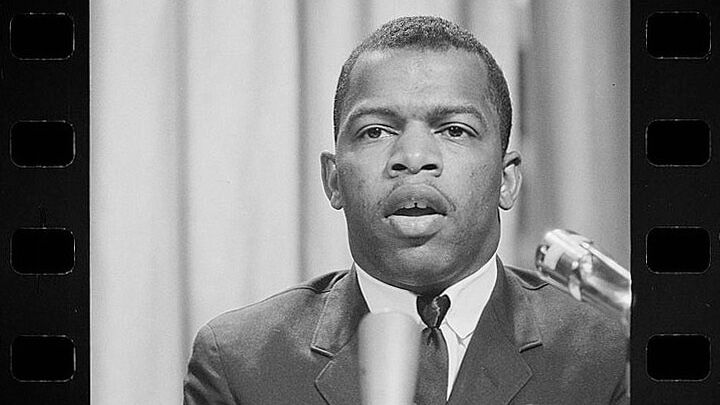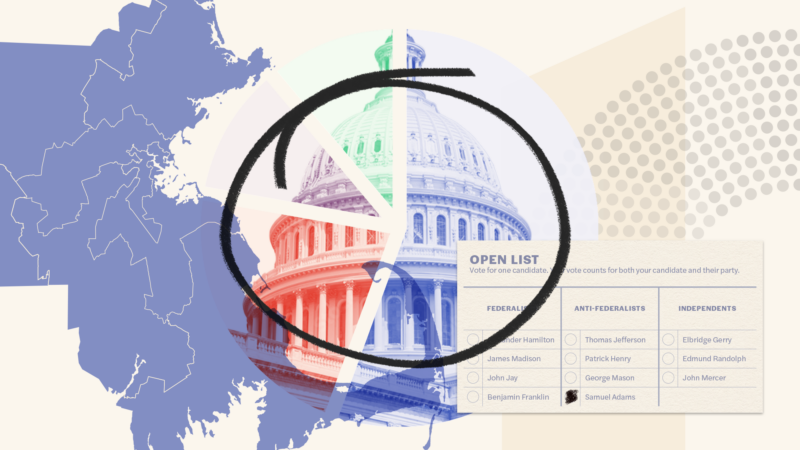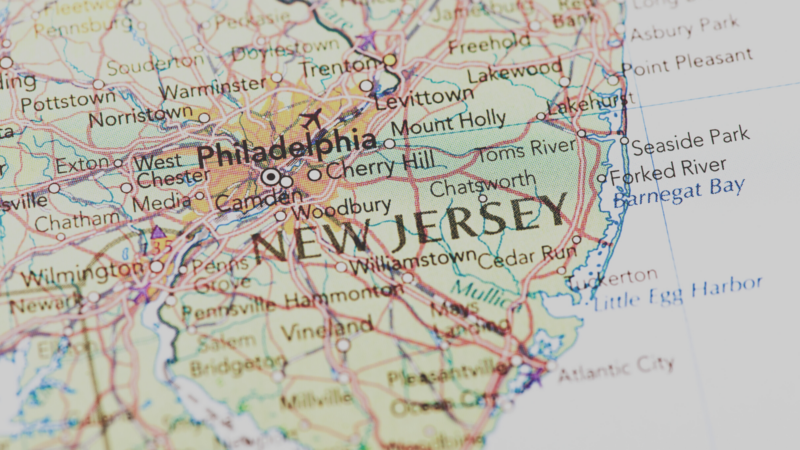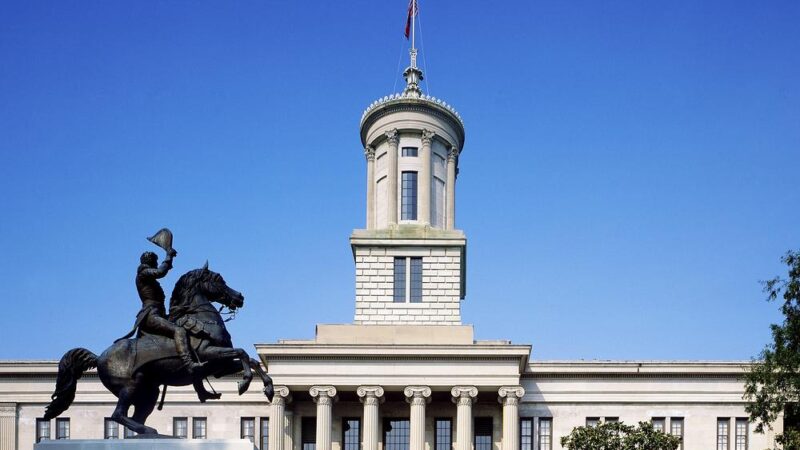Jennifer Dresden is a Policy Strategist at Protect Democracy, where she helps teams leverage leading social science research to inform their work in defense of democracy.
Lessons for Practitioners: From Understanding to Action
- October 17, 2023
From More than Red and Blue: Political Parties and American Democracy

Any final reflection on this report must begin with gratitude and appreciation. The report that the task force has produced is a tremendous synthesis of the leading research in the field. Those of us engaged in the day-to-day work of strengthening and securing American democracy for future generations owe a debt of gratitude to the members of the task force who have dedicated their time and deep expertise to this effort. We similarly owe our appreciation to the American Political Science Association for recognizing the scope and gravity of the challenges facing our democracy and contributing to the search for solutions in a way that only APSA could.
When staff at Protect Democracy and APSA first began discussion of this project in 2021, the challenge was clear to all involved. The United States is facing fundamental challenges to our democracy that have emerged or metastasized in a way not experienced in the country in many years. Advocates and policymakers have pursued viable solutions to some of these challenges and continue to explore and debate the merits of many more.
But American political parties stand out as a persistent vulnerability in the system. So far, solutions have been in short supply despite the fact that scholars have studied political parties as central actors in democratic and authoritarian systems for decades. The preceding pages are full of lessons and empirically-grounded wisdom. All Americans sincerely looking to understand how we got to where we are and how we might move forward would do well to take the time to read the report in full.
Given necessary limitations of space, the goal of this afterword is to draw out the essential lessons for those pursuing solutions to American political parties’ current challenges. These are not specific reforms, but rather three key principles that together should serve as a north star to guide reformers.
First, political parties are essential to U.S. democracy. Public antipathy toward political parties is widespread, and the current major parties have countless shortcomings — yet parties play essential roles in our democracy. Parties connect voters to the political process, mobilizing supporters at elections and offering them a way to identify the candidates that align with their values and ideas. Parties provide opportunities for aspiring office holders to gain skills and support, and they organize the very process of governing—helping elected officials work together to advance a policy agenda without having to build a new coalition for every issue. And parties are essential gatekeepers. They should be a first line of defense in preventing would-be authoritarians from hijacking our democratic system and undermining it from within.
Without political parties, democracy would be even more chaotic, inefficient, and opaque than it is today. Advocates should keep the central role of political parties in mind as they pursue reforms. Would a given change to our electoral system or an alteration of party rules make it easier for parties to serve these gatekeeping, organizing, and representative functions? Or would they prevent parties from doing so, inadvertently weakening our democracy? The recent history of our politics might leave some wishing that their preferred faction might have been freed of partisan constraints. But, in general, reforms that weaken parties open far more space for damage to our democracy’s health. Institutionalized, democratic parties, not seemingly-savior candidates, should be the focus of our goal setting.
Second, we must recognize the difference between implementation and experimentation. Our work should be grounded in the existing, rigorous body of research to the greatest extent possible. In some cases, the implications of years of policy research may clearly point towards a particular approach.
In other areas, however, a rigorous reading of the empirical record offers no such consensus. Reading the typical political column in a newspaper or listening to the typical political podcast, one would never know that many political scientists today do not see party primaries as the principal drivers of political polarization among elected officials. One would never know the range of options for electoral system reforms or the very real tradeoffs and unknowns that political scientists assess among them. In these contexts, thoughtful innovation and experimentation may offer promising paths forward. But that is a different undertaking than implementing policy on which the vast majority of experts agree.
The job of advocates is, of course, to advocate. But the reform process would benefit from humility in acknowledging areas where the evidence does not clearly mediate in favor of a single solution and boldness in pursuing change where it does. Democratic politics is far from a technocracy, but we do ourselves a disservice in policymaking if we do not consider the full breadth of evidence available to us. Where there is debate among experts, we can still use that to understand the potential benefits of a reform, the potential stakes of failure, and the political tradeoffs that such a reform entails.
Third, the ultimate benchmarks for any future reform are simple: Does the reform strengthen our democracy, leaving it more representative and effective? Does it make our democracy more resilient and better able to withstand authoritarian threats?
Concerns over extremism and asymmetric polarization in American politics very often dominate conversations about our country’s democratic health, and for good reason. Yet as the chapters in the report make clear, the failure of our political parties to behave responsibly — to live up to the norms of forbearance and mutual toleration — is inextricably linked to an array of other challenges. Polarization is a problem that can only be solved in context.
Reforming political parties to incentivize responsible behavior will require wrestling with their history and current reality of racial inclusion and exclusion. It will require thinking about the ways that parties incorporate organized interests, as well as the multiple ways that incorporation can fail—either collapsing into exclusion or ballooning into factional capture. It will require tackling the thorny challenges of party government in our current system. Among the most important jobs of parties in a democracy is to enable organization and cooperation across the political system. Advocates’ work going forward will need to encompass how those needs are met even outside of elections and within the halls of Congress and statehouses.
In short, the outcome of any reform effort is never certain, but we are not walking blind. Generations of scholars have dedicated their lives to rigorously interrogating the ways that parties can serve as the connective tissue of democracy and evaluating explanations for when they fail to do so. The task force has collected that knowledge and wisdom in a format that is accessible and usable for policymakers, advocates, and the public.
It is a firm foundation on which to now build.
The analysis, views, and conclusions contained herein reflect those of the author(s) and do not reflect the views of the American Political Science Association or Protect Democracy.
Related Content
Join Us.
Building a stronger, more resilient democracy is possible, but we can’t do it alone. Become part of the fight today.
Donate
Sign Up for Updates Sign Up for Updates
Explore Careers Explore Careers
How to Protect Democracy How to Protect Democracy




